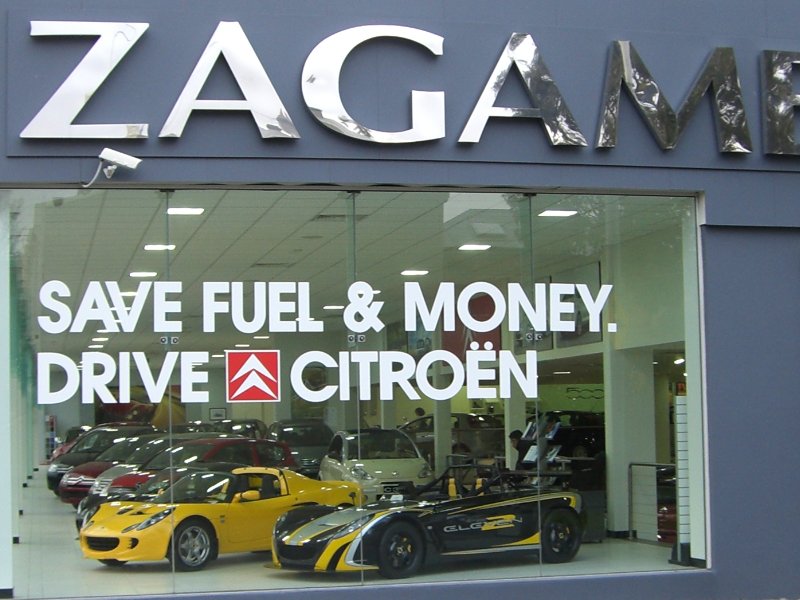With the baby almost here, one of the last things to get was a car seat. These things are not cheap, and I wanted to get the best solution. Being a geek, I actually went and read last year’s NRMA/RACV/RTA assessment of child restraints, and came to the conclusion that the Safe-n-Sound Compaq Deluxe gave the best trade-off for performance in rearward-facing and forward-facing orientations, and thus proceeded to purchase one. It looks quite impressive, and all the cushioning shoud make it comfortable for the baby. It also promised to be easy to install and ideal for smaller cars.
However, after installing it in my car (a 2007 Toyta Corolla Seca, which is called an Auris anywhere but Australia), I am quite dissatisfied. In rearward-facing orientation, the seat is not held down adequately. The “stabilising bar” is supposed to serve this purpose, but it doesn’t even come close to touching the seat back in my car. I think it’s designed to work in cars where the seat backs are close to vertical, but that doesn’t help me. I don’t think I’d trust it enough in that orientation to put a baby in it. In forward-facing orientation, it’s considerably better. The combination of the anchorage strap and seatbelt hold the child restraint in the seat securely both vertically and longitudinally. However, there’s nothing to stabilise it laterally, and there’s a lot of play in that direction. I don’t think it’s unstable to the point of being totally unsafe, but it leaves a lot to be desired.
Now my car is equipped with ISOFIX (ISO-13216 1990, aka LATCH) anchor points. This was actually a consideration for me when buying the car. I asked around about the availability of ISOFIX child restraints, and was told that they aren’t available “because they don’t meet Australian standards.” If that’s the case, then Australian standards are a joke. Attaching a child restraint to ISOFIX anchors is far more secure than trying to hold it in place with a seatbelt. The two anchors at the base of the seat effectively secure the child restraint both laterally and vertically, while the tether holds it securely against the seat back (longitudinally). ISOFIX has been a requirement on new cars in the USA since 2002. It should be a requirement here, too.
This experience doesn’t instil much confidence in Australian standards. In this case, it seems to be about protecting certain businesses while paying lip service to safety. Meanwhile, children’s safety is actually compromised.
